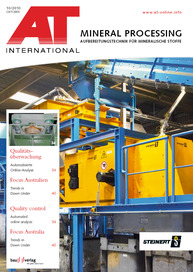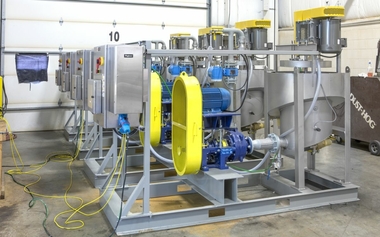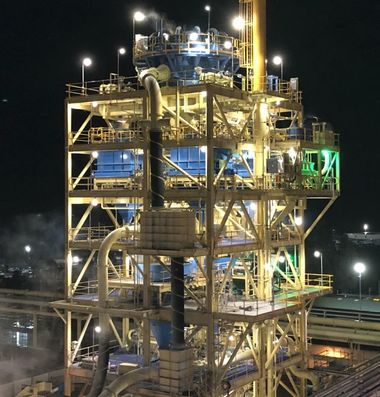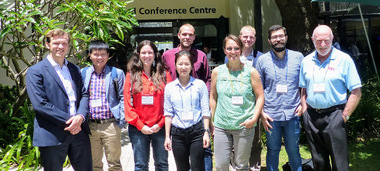CDF based modelling of bubble-particle collision efficiency with mobile bubble surface in a turbulent environment
This paper describes how to use a numerical simulation with a Lagrangian particle tracking model to calculate bubble-particle collision efficiency in a turbulent environment. First the bubble-particle collision (b-p-c) efficiencies with large particle Stokes number, mobile bubble surface and in a 3D-isotropic turbulent flow were calculated. By comparing the calculated results with the experimental data from the literature, the CDF simulation was shown to be a successful tool that correctly predicts the bubble-particle collision efficiency in a quiescent environment. The CDF method was applied then to the investigation of bubble-particle collision efficiency in a turbulent flow, which conforms to the conditions of flotation. The b-p-c is influenced by the turbulence in two ways: 1. the turbulence effects on local average bubble-slurry relative velocity, and 2. turbulent dispersion of particles. The two mechanisms whereby turbulence affects b-p-c efficiency have been quantitatively analysed. The investigations indicate that a micro scale simulation of bubble and particle behaviours coupled to macro scale CDF simulations of flotation cells, provides a powerful tool predicting the flotation rate in a real flotation cell.
Hf





